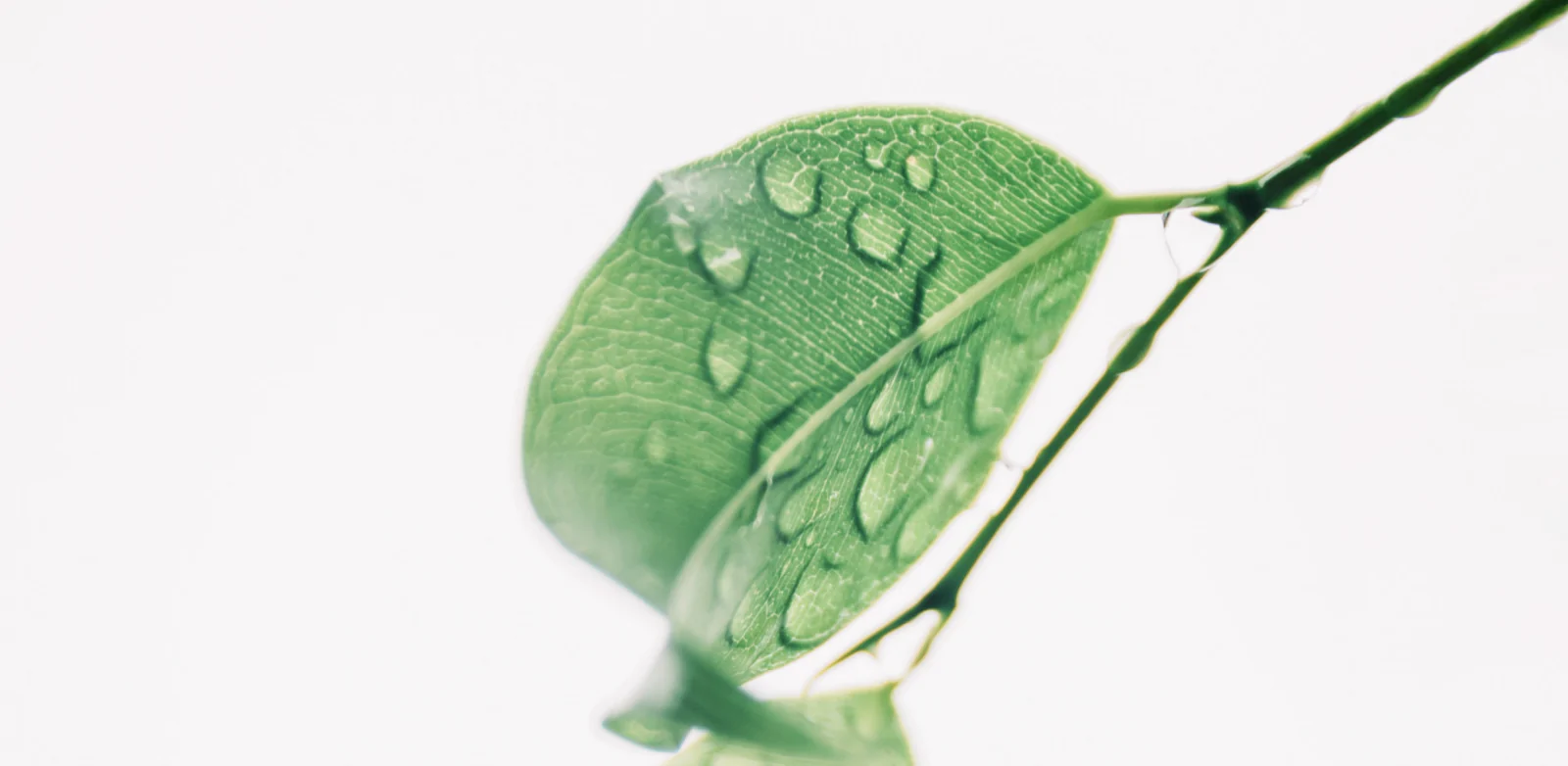THE SCIENCE BEHIND MOISTURIZERS
Our skin is made up of three layers: the epidermis, dermis, and hypodermis. The epidermis is the outermost layer of our skin, and it contains various layers. The outermost layer of the epidermis is called the stratum corneum. The stratum corneum is made up of a layer of dead cells which are held together by lipids (or fats). For our skin to feel smooth, this outer layer of our epidermis needs to contain at least 10% water, and ideally more like 20-30%.

Moisturizers work by trapping water into the stratum corneum with an oily substance, and/or by adding water back to our skin through ingredients.
TYPES OF MOISTURIZERS
Occlusives work by blocking the evaporation of water out of our skin, by coating it with a fatty or waxy substance. Petroleum, found in vaseline, is a long-standing mainstay of occlusives used in moisturizers. Naturally-occurring substances such as lanolin from sheep’s wool, castor oil, beeswax, and shea butter are also effective occlusives.
Humectants attract and transport water into the skin both from the environment as well as from deeper layers of the epidermis. Common humectants include glycerin, honey, aloe vera, seaweed and urea.
Emollients don’t actually moisturize our skin, but they make it feel smoother by filling in gaps and cracks that make skin feel rough and by soothing cracked skin. Common emollient ingredients include: marula, jojoba, sunflower and argan oils.
WHEN SHOULD YOU MOISTURIZE?
Dermatologists recommend these tips for moisturizing your skin:
- Take warm, not hot, showers and baths. Hot water dries out our skin.
- Apply moisturizer immediately after bathing, while the skin is still damp. This helps trap moisture into the skin, preventing it from drying out later.
- If you don’t shower every day, you likely don’t need to apply moisturizer to your full body every day.
- But it’s still a good idea to moisturize certain areas of your body every day including your hands, feet, and face.
- Be sure to include daily face moisturizers containing SPF to help prevent skin cancer and rapid signs of aging.
Regular moisturizing is an essential component of skin health. The need to moisturize our skin increases for people who spend lots of time outside in the sun, wind, or cold, and as we age. As we age, our skin takes longer to recover from scrapes and scratches, and estrogen production decreases with age causing skin to be drier.

 Toys & Games
Toys & Games








